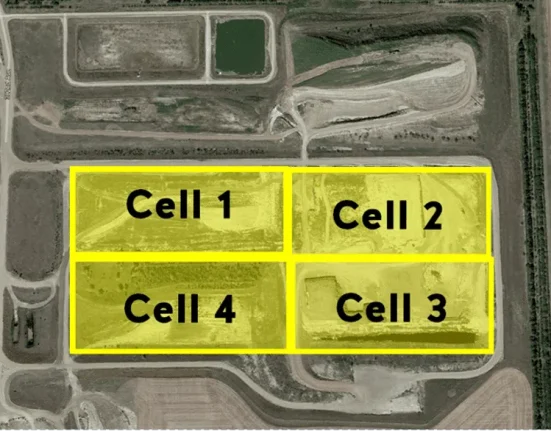Past due multifamily loans have risen 81.3% year over year.
Banks are starting to feel the effects of distress in the multifamily sector with the volume of multifamily loans that were at least 30 days past due or in nonaccrual status in the fourth quarter rising to $3.46 billion, up 43.1% from the previous quarter and an 81.2% increase year over year, according to S&P Global Market Intelligence. That was the highest total since the second quarter of 2013, when delinquent multifamily loans stood at $3.71 billion.
Net charge-offs on multifamily loans at US banks also rose in the 2023 fourth quarter to 0.11% of average loans, compared to 0.03% in the third quarter and 0.02% a year earlier, S&P Global said, also reporting that the fourth-quarter delinquency rate was up from 0.4% in the third quarter and 0.3% a year earlier.
Citigroup, M&T Bank and Citizens Financial Group had the highest delinquency ratios on multifamily loans among the top US bank lenders in the sector, and all reported delinquency rates that were higher than a year earlier. However net charge-offs remained stable in all three banks’ portfolios.
Separately, Fitch Ratings’ analysts also highlighted this issue in a call this week, noting that US banks with significant lending exposure to some multifamily properties – particularly rent-controlled housing – are vulnerable to posting losses this year, according to a Reuters report. The combination of excess supply, softening demand and – in the case of rent-controlled apartments – the inability to raise rents to offset rising costs, has become a concern for loan performance, Brian Thies, senior director at Fitch, said on the call.
The ten banks with the greatest multifamily loan exposure as of year-end 2023, according to Fitch, include Flagstar Bank, which merged with New York Community Bancorp in 2022, First Foundation Bank, Dime Community Bank, Pacific Premier Bank and Apple Bank for Savings. These and other banks are exposed to rent-controlled multifamily loan markets in California, New York, New Jersey and Oregon.
According to S&P Global, the largest multifamily lender among US banks is JPMorgan Chase & Co., with a loan book worth $101.16 billion, up 26.9% year over year. The rise in multifamily exposure was driven by the company’s acquisition of failed First Republic Bank in May 2023.
Fitch said there were 49 banks at the end of 2023 with at least 5% of multifamily loans past due on their payments, mostly regional and community banks.
The most capital-constrained banks will probably try to sell more of these loans, likely at a loss.
“But it’s generally going to come down to the value of the collateral and how readily the bank can dispose of that,” Thies said.
Multifamily Spring:
Multifamily Spring is coming to New York City this April 18. This year’s program will bring together the industry’s most influential and knowledgeable real estate executives from the multifamily sector for 5 hours of face-to-face networking and over 5.5 hours of can’t miss sessions. Learn more or register here.







